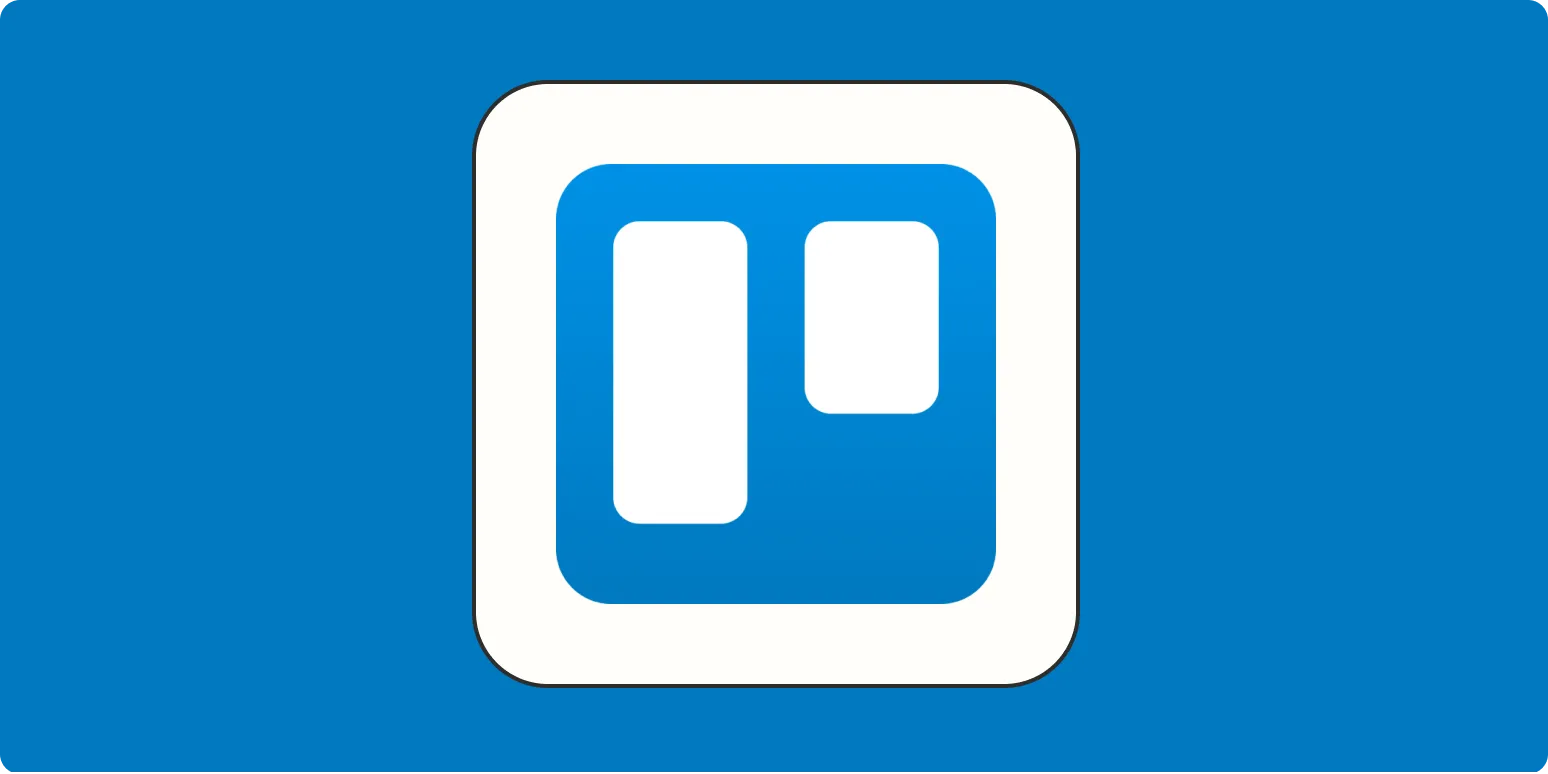Trello is a popular project management tool that helps teams organize tasks and collaborate effectively. However, users often find themselves wanting more granular task management features, particularly the ability to create subtasks. While Trello doesn't natively support subtasks, there is a practical alternative: using checklists. This article will explore how checklists can serve as an effective substitute for subtasks in Trello, providing insight into their functionality and benefits.
Understanding Checklists in Trello
Checklists in Trello are a powerful feature that allow users to break down larger tasks into smaller, manageable items. Each checklist can contain multiple items, which can be marked as complete once accomplished. This functionality enables teams to track progress on complex tasks more efficiently, making it easier to monitor what still needs to be done.
Benefits of Using Checklists as Substitutes for Subtasks
When it comes to managing projects, checklists present several advantages over traditional subtasks:
- Visibility: Checklists provide a clear view of all components of a task in one place. This visibility helps team members understand the scope of work and what is required for completion.
- Flexibility: Unlike fixed subtasks, checklists can be easily modified. Users can add or remove items as project requirements change, ensuring that the checklist remains relevant and useful.
- Collaboration: Team members can assign checklist items to specific individuals, promoting accountability and collaboration. This assignment feature allows everyone involved to know who is responsible for each component of a task.
- Progress Tracking: Checklists automatically update as items are completed, providing a visual representation of progress. This can be particularly motivating for teams, as they can see their accomplishments in real-time.
How to Create and Use Checklists in Trello
Creating checklists in Trello is straightforward. Follow these steps to harness the power of checklists as substitutes for subtasks:
- Create a Card: Start by creating a new card for your main task. This card will serve as the focal point for all related activities.
- Add a Checklist: Within the card, scroll down to find the "Checklist" option. Click on it and give your checklist a meaningful title that reflects the task.
- List Items: Begin adding items to your checklist. These items should represent the individual steps or components necessary to complete the main task.
- Assign Members: If you're working as part of a team, consider assigning specific checklist items to relevant team members. This can enhance accountability and streamline collaboration.
- Update Progress: As tasks are completed, check them off on the checklist. This not only tracks progress but also provides a sense of accomplishment.
Checklist vs. Subtasks: A Comparison
While both checklists and subtasks aim to enhance task management, they differ in functionality and flexibility. The following table outlines the key differences:
| Feature | Checklists | Subtasks |
|---|---|---|
| Visibility | All items visible within the main task card | Subtasks may require navigating to a separate view |
| Flexibility | Easy to add or remove items | More rigid structure; harder to modify |
| Collaboration | Items can be assigned to different members | Typically tied to a single user |
| Progress Tracking | Visual completion percentage | Progress may not be as clear |
Best Practices for Using Checklists in Trello
To maximize the effectiveness of checklists in Trello, consider the following best practices:
- Keep It Simple: Avoid overwhelming yourself or your team with lengthy checklists. Aim for brevity and clarity.
- Use Descriptive Item Names: Ensure each checklist item is clear and descriptive to avoid confusion.
- Regularly Review Checklists: Schedule periodic reviews of your checklists to ensure they remain relevant and accurate.
- Integrate with Other Tools: If your team uses additional project management tools, explore integrations that can enhance the functionality of your Trello checklists.
Conclusion
While Trello may not support subtasks in the traditional sense, checklists serve as a versatile and effective alternative. They provide visibility, flexibility, and collaboration opportunities that help teams manage tasks more efficiently. By utilizing checklists in Trello, users can streamline their workflow and maintain clarity on project progress, ultimately leading to more successful outcomes.





